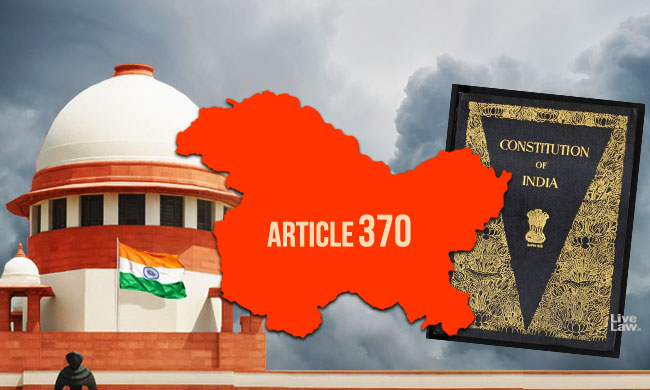On Monday, a 5-judge Constitution Bench of the Supreme Court comprising of Justices NV Ramana, SK Kaul, Subhash Reddy, BR Gavai and Surya Kant will pronounce the judgment on the preliminary issue of whether the petitions challenging the Presidential Orders issued under Article 370 to repeal the special status of Jammu and Kashmir should be referred to a larger Bench.The reference to a...

